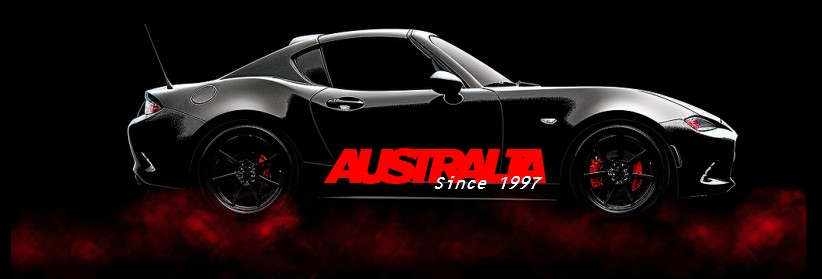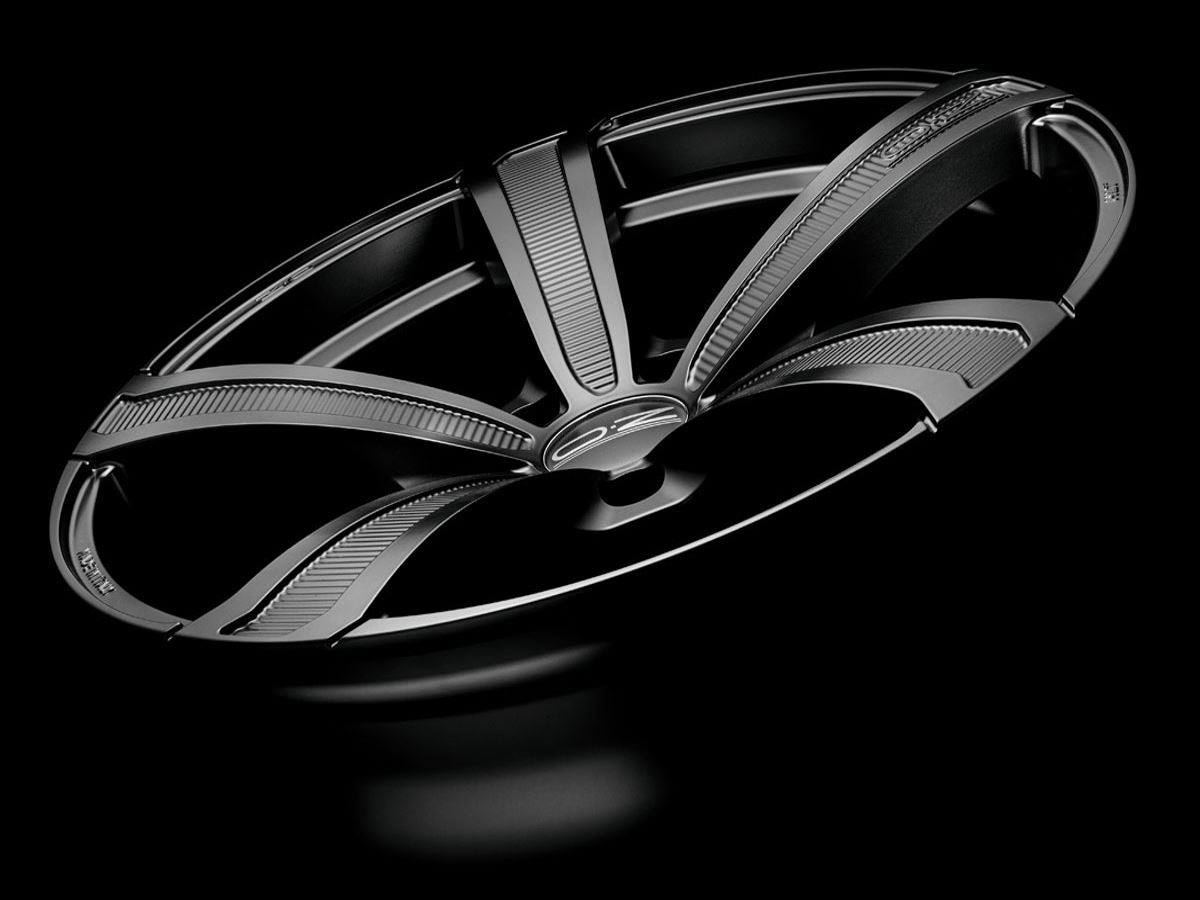Buying any car in a private sale in Australia can be daunting, especially if it’s 10s of thousands. You have a right to be daunted as scammers are everywhere, and any car you buy is an unknown.
Thankfully there are various payment options you can consider, and you should choose an option which suits both you and the seller.
A seller can be just as daunted as you as the buyer, but remember – if they request any form of payment other than those recommended below, then question why, and use caution.
The method you choose depends on the value of the vehicle and your preferences. You should always consider the concerns and risks involved for you as the buyer, but also those of the seller.
Note: Always spend a few bucks on a CarHistory check before buying any used car in Australia.
In this article we will look at safe and secure ways to pay for a car in a private sale in Australia:
Payment for Cheap Cars – Cash Is King
Cash Payment
For cheap cars, particularly those with a lower market value, cash is always the easiest way to pay. Cash is also your most powerful bargaining chip, and it’s easier to knock down the price when you’re dangling the carrot of cash under the seller’s nose.
Offer $2,000 today as that’s what you have on you, or otherwise you’ll have to come back tomorrow – maybe, after looking at another car you’re supposed to be viewing.
Paying for a private sale car with cash is simple, convenient, and gives you an immediate exchange of funds for the seller.
However, here are both the buyer’s and seller’s concerns with a cash transaction:
Buyer’s Concerns:
- Be cautious of carrying a large amount of cash. If you take a wad of cash out from an ATM make sure you’re not being watched, and keep the cash safely tucked away. Carrying cash can be a security risk, and most of us feel a bit uneasy carrying around a load of cash.
- Make sure you consider how genuine the seller is. Are you viewing the car at their home address, or did they suggest a street corner? Use common sense, and evaluate any risk.
- Ask to see suitable ID such as a driving licence, and request a valid and signed receipt as proof of payment.
- Cash from an ATM should always be legitimate, but cash by any other means should be checked for authenticity, making sure it’s not counterfeit.
Seller’s Concerns:
- Counterfeit currency is always a risk. Check all cash you receive. Thankfully in Australia it is harder to counterfeit cash due to the unique plastic design, but not impossible.
- Always issue a proper receipt for the transaction, and offer a form of ID for the buyer to check such as a driving licence.
- Be wary of all safety aspects when dealing with cash transactions, and if it’s a significant amount make sure you pay it into your bank at the earliest opportunity.
Payment for Expensive Cars – A Secure Approach
Physical Bank Transfer
When purchasing a more expensive car a physical bank transfer can offer the most reassurance for both the buyer and seller.
Arrange to meet at your bank, and arrange the transfer there. The bank will give a receipt to both you and the seller as a clear paper trail, and the funds will likely be transferred immediately.
You can also arrange to fill out and exchange the transfer papers for the car while at the bank, which is a good idea.
For extra reassurance, you will also be on camera.
Buyer’s Concerns:
- Make sure you transfer the funds to the correct bank account.
- Verify the seller’s identity to prevent potential fraud.
- Keep a record of the transaction and any related communication.
Seller’s Concerns:
- Confirm the bank transfer has been completed and funds have been received into your account before releasing the vehicle. Double-check at the time of transfer that the buyer has given your correct bank details.
- Be cautious about sharing sensitive banking information in the presence of the buyer.
Electronic Bank Transfer
Electronic bank transfers are a convenient and secure way to make payments for expensive cars. Most transfers these days are immediate, but any delays can pose an issue for both the buyer and seller.
It is unlikely a seller will hand over the keys of a car until they have received the money, so if you transfer the money via online banking you may find yourself in limbo for a period of time. Perhaps days. As the buyer your money has left you account, and as a seller it has not been received. What should you do?
Usually a phone call to your bank will give a good idea of how long an electronic transaction will take to the seller’s bank account. If you pay a small deposit before hand, this should confirm a transaction is immediate, which should also be the case for the remaining funds.
Make sure you consider the following concerns to ensure a smooth transaction.
Buyer’s Concerns:
- Double-check the accuracy of the recipient’s bank account details.
- Make sure the transaction is properly documented.
Seller’s Concerns:
- Verify the funds have cleared in your bank account before finalising the sale and handing over the keys.
- Protect your banking information. Make sure you don’t give sensitive information to the buyer, limiting the information to your sort code, account number, and name.
Cash
While cash is generally more common for cheaper cars, it’s still a good option for expensive vehicles if you feel having a large wad of cash is safe. I used cash to purchase a $60,000 Porsche 987, so it’s definitely doable, but I’ve never had such a load hidden in my y-fronts ever before, or ever again. Needless to say I had an awkward walk along St Georges Terrace in Perth back to my car.
Below are the concerns of both the buyer and seller when buying an expensive car in cash.
Buyer’s Concerns:
- Make sure you are exchanging the correct amount of cash. Triple check, and watch the seller while they count it.
- Request a signed receipt from the seller as proof of payment, and take a photograph of their ID (such as a driving licence).
- Be mindful of the security risks associated with carrying a substantial amount of cash, and with my example in mind, make sure cash can’t fall out your underwear.
Seller’s Concerns:
- Verify the authenticity of the cash received. Australian notes are harder to forge, but it’s still possible.
- Issue a detailed receipt with all the transaction information, and allow the buyer to photograph your ID.
- Consider safety when dealing with large sums of cash, and pay the money into your bank account at the earliest opportunity. Immediately if possible.
Cryptocurrencies
With the rise of digital currencies like Bitcoin and Ethereum, some buyers and sellers opt for cryptocurrency transactions for high-value cars. As a seller this can mean the money you receive for your car might be worth double by the end of the day, or it could be worth nothing.
Nevertheless, cryptocurrency transactions are immediate, leaving a trace between the account of the buyer and the account of the seller.
The risks of cryptocurrency transactions for buying a car in a private sale are obvious, but consider the below concerns for both the buyer and seller:
Buyer’s Concerns:
- Make sure you understand how to use cryptocurrencies and the process involved.
- Verify the seller’s cryptocurrency wallet address, and beware of potential scams.
- Keep a record of the transaction. This should include wallet address and transaction IDs.
Seller’s Concerns:
- Confirm the cryptocurrency payment is received and confirmed in your wallet. Do not allow the buyer to take the car until you have received the funds.
- Be cautious of potential fluctuations in cryptocurrency values – you already know how volatile they can be.
Final thoughts about paying for a car in a private sale in Australia
In conclusion, the method of payment for a private car sale in Australia depends on the vehicle’s value and the preferences of both the buyer and seller.
While cash is suitable for cheaper cars, more secure options like physical bank transfers, electronic bank transfers, and even cryptocurrencies are possible for expensive cars.
Regardless of the method chosen, both buyers and sellers should take precautions to ensure safety, security, and proper documentation – this is the best way to ensure a smooth and secure relatively risk-free transaction.








